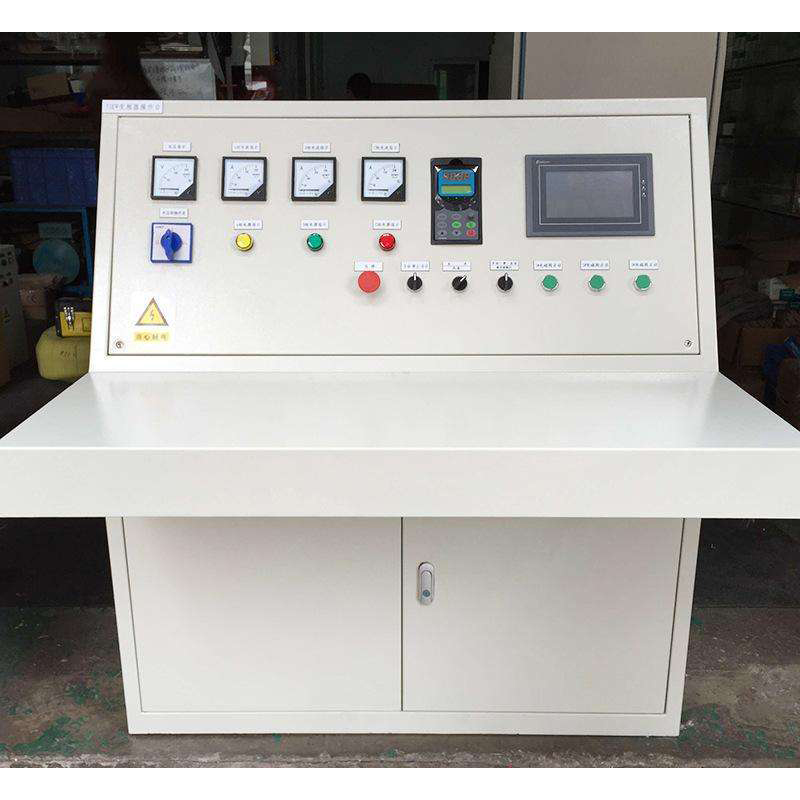
Dec . 11, 2024 09:41
Back to list
Natural Gas Pressure Reduction Station Operations and Maintenance Guide
Natural Gas Pressure Reduction Stations An Overview
Natural gas is a cornerstone of modern energy consumption, providing heat for homes, fuel for power plants, and feedstock for chemical industries. However, the safe and efficient transportation of natural gas requires meticulous engineering and infrastructure, particularly at pressure reduction stations. This article will explore the function, importance, and operational aspects of natural gas pressure reduction stations.
What is a Natural Gas Pressure Reduction Station?
A natural gas pressure reduction station is a facility designed to decrease the pressure of natural gas in pipelines to a safe and usable level before it is delivered to consumers. Natural gas is often transported through high-pressure pipelines to ensure efficient long-distance delivery. However, before the gas can be utilized by residential, commercial, or industrial customers, it must be reduced to a pressure range that is safe for downstream applications. This is where pressure reduction stations come into play.
The Importance of Pressure Reduction Stations
The primary role of a pressure reduction station is to ensure the safe and reliable supply of natural gas. High-pressure gas can be hazardous and unsuitable for direct consumption. Therefore, these stations not only lower the pressure but also maintain the quality and safety of the gas being delivered.
1. Safety One of the foremost functions of these stations is to enhance safety. By reducing the pressure to a manageable level, they prevent leaks and potential explosions that can arise from high-pressure gas systems.
2. Efficiency Proper pressure management allows for more efficient gas distribution. By optimizing pressure, utilities can minimize energy losses and improve the overall performance of the gas delivery system.
3. Regulatory Compliance Natural gas systems are subject to strict safety and environmental regulations. Pressure reduction stations help companies comply with these regulations by ensuring that gas is delivered at appropriate pressures and conditions.
.
Pressure reduction stations employ various technologies and equipment to fulfill their functions. The process generally involves several key components
محطة تخفيض ضغط الغاز الطبيعي

- Pressure Regulators These devices automatically adjust the flow of gas to maintain a specific pressure output, regardless of variations in input pressure or demand.
- Flow Meters Used to measure the amount of gas flowing through the system, flow meters provide essential data for monitoring and controlling the distribution process.
- Control Systems Advanced control systems integrate data from flow meters, pressure sensors, and other devices to manage the operation of the station. Automation increases efficiency and allows real-time adjustments to meet changing demand.
- Safety Equipment Pressure reduction stations are equipped with safety devices, such as pressure relief valves, to prevent dangerous pressure build-ups.
- Heating Equipment In colder climates, natural gas can be significantly cooled during expansion, which can lead to condensation. Heating equipment helps maintain optimal temperature and prevents condensation of liquids, maintaining gas quality.
Challenges and Future Directions
Despite their importance, pressure reduction stations face several challenges. Aging infrastructure, for instance, can lead to efficiency losses and increased maintenance costs. Additionally, as the demand for renewable energy grows, the integration of biogas and other alternative gases will necessitate adaptations in pressure reduction technologies.
The future of pressure reduction stations will likely involve enhanced automation and digitalization, including the integration of smart sensors and Internet of Things (IoT) technology. These developments will enable more responsive operations and predictive maintenance, further improving safety and efficiency.
Conclusion
Natural gas pressure reduction stations are essential components of the energy infrastructure that ensure the safe and efficient delivery of natural gas to consumers. By maintaining appropriate pressure levels and adhering to safety regulations, these stations facilitate the reliable use of natural gas in various applications. As the energy landscape continues to evolve, so too will the technologies and practices surrounding pressure reduction stations, ensuring they remain pivotal in the transition towards sustainable energy solutions.
Latest news
-
Safety Valve Spring-Loaded Design Overpressure ProtectionNewsJul.25,2025
-
Precision Voltage Regulator AC5 Accuracy Grade PerformanceNewsJul.25,2025
-
Natural Gas Pressure Regulating Skid Industrial Pipeline ApplicationsNewsJul.25,2025
-
Natural Gas Filter Stainless Steel Mesh Element DesignNewsJul.25,2025
-
Gas Pressure Regulator Valve Direct-Acting Spring-Loaded DesignNewsJul.25,2025
-
Decompression Equipment Multi-Stage Heat Exchange System DesignNewsJul.25,2025

